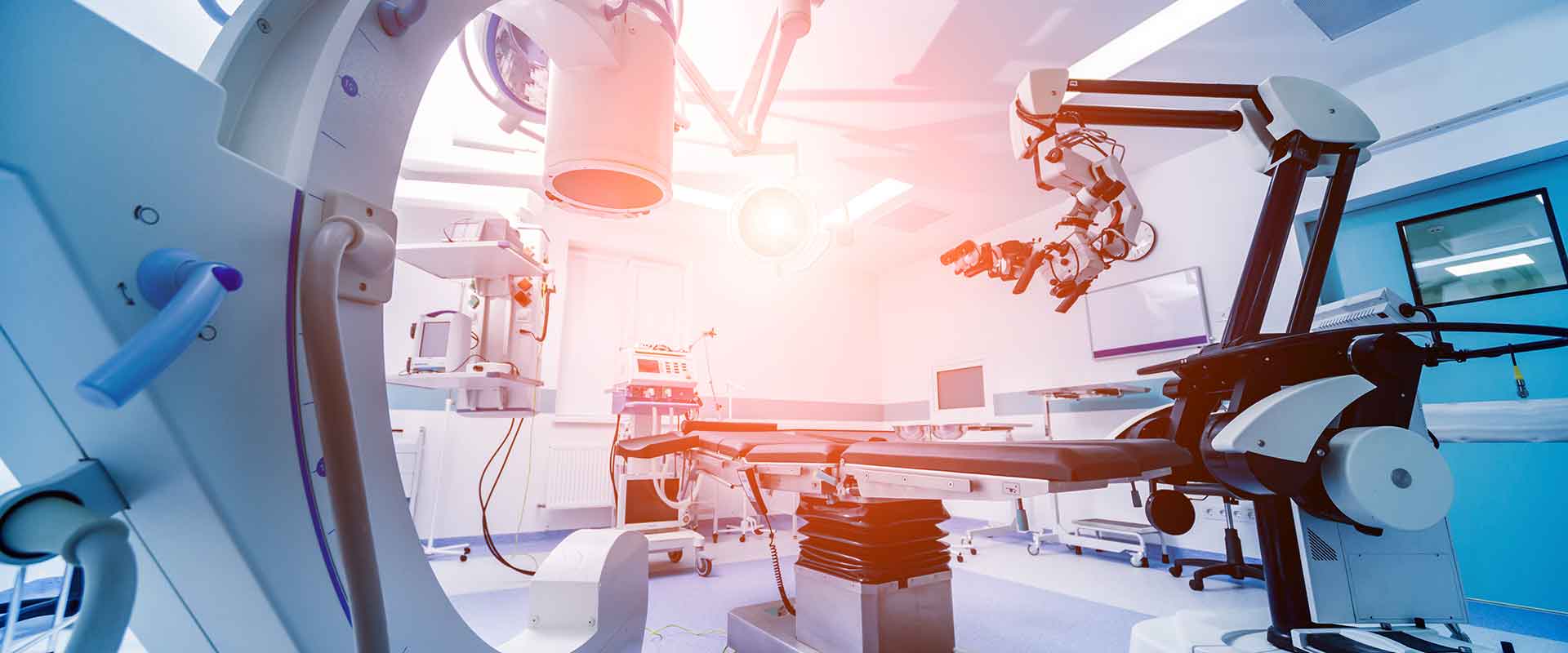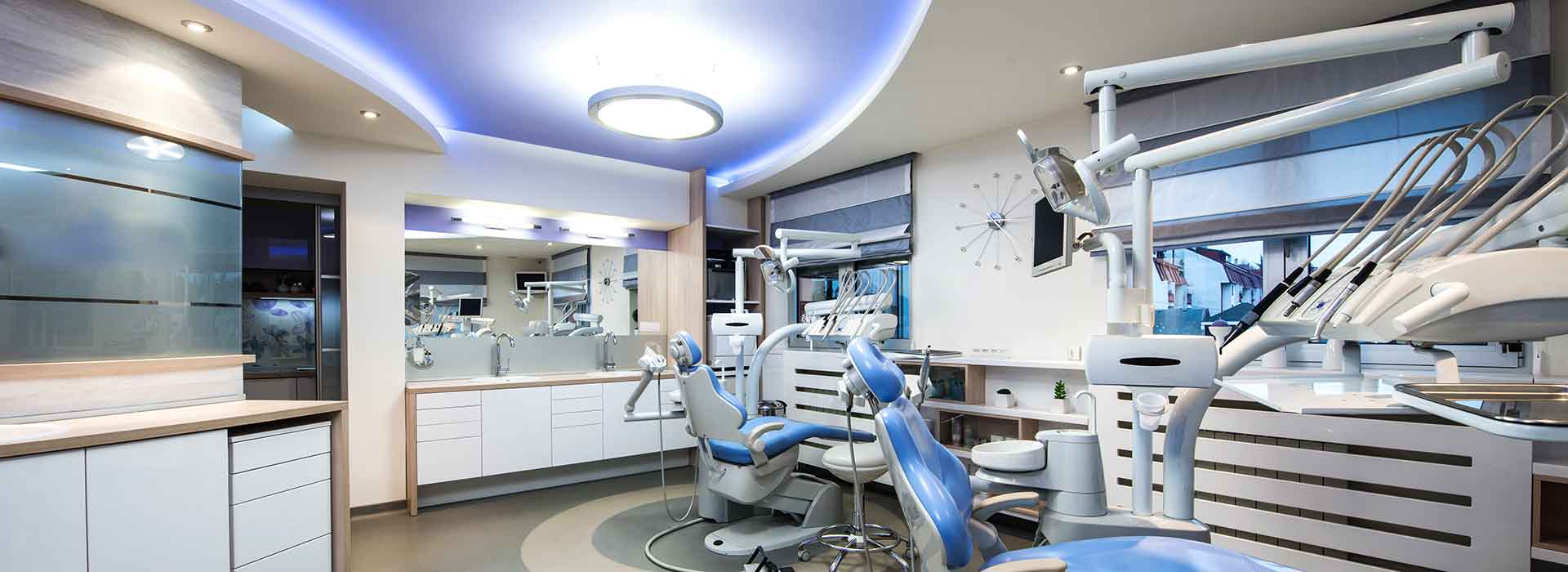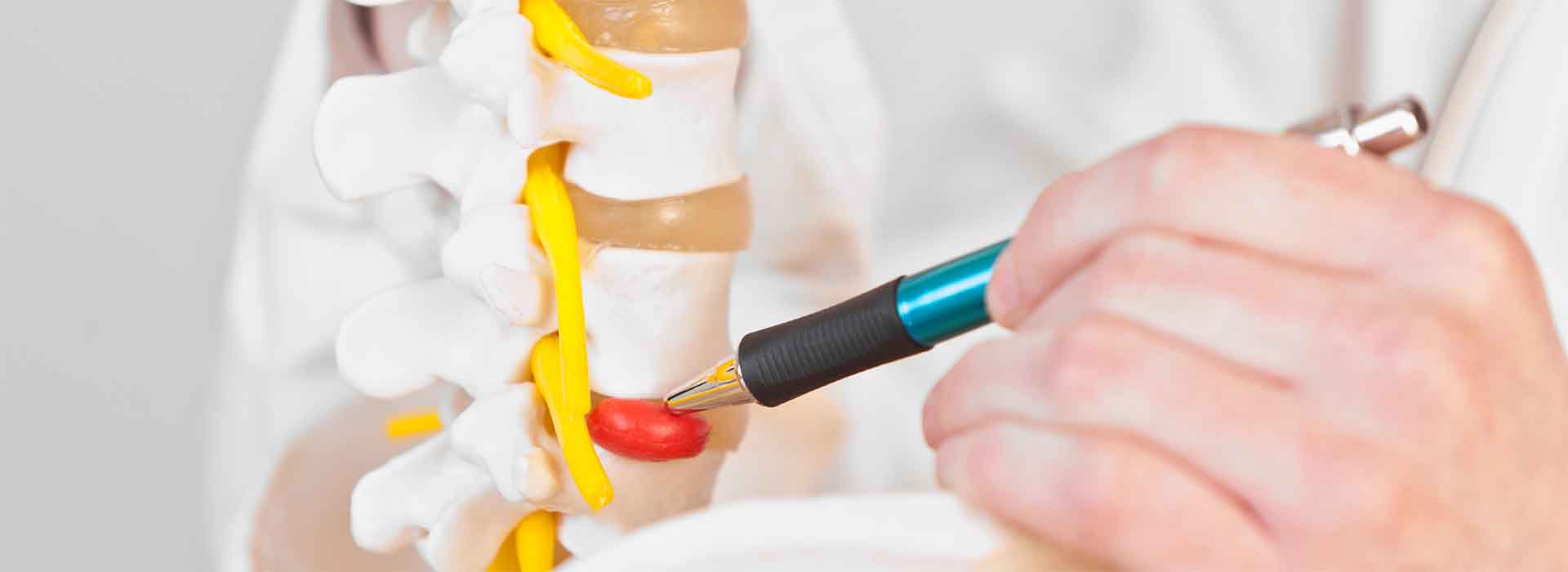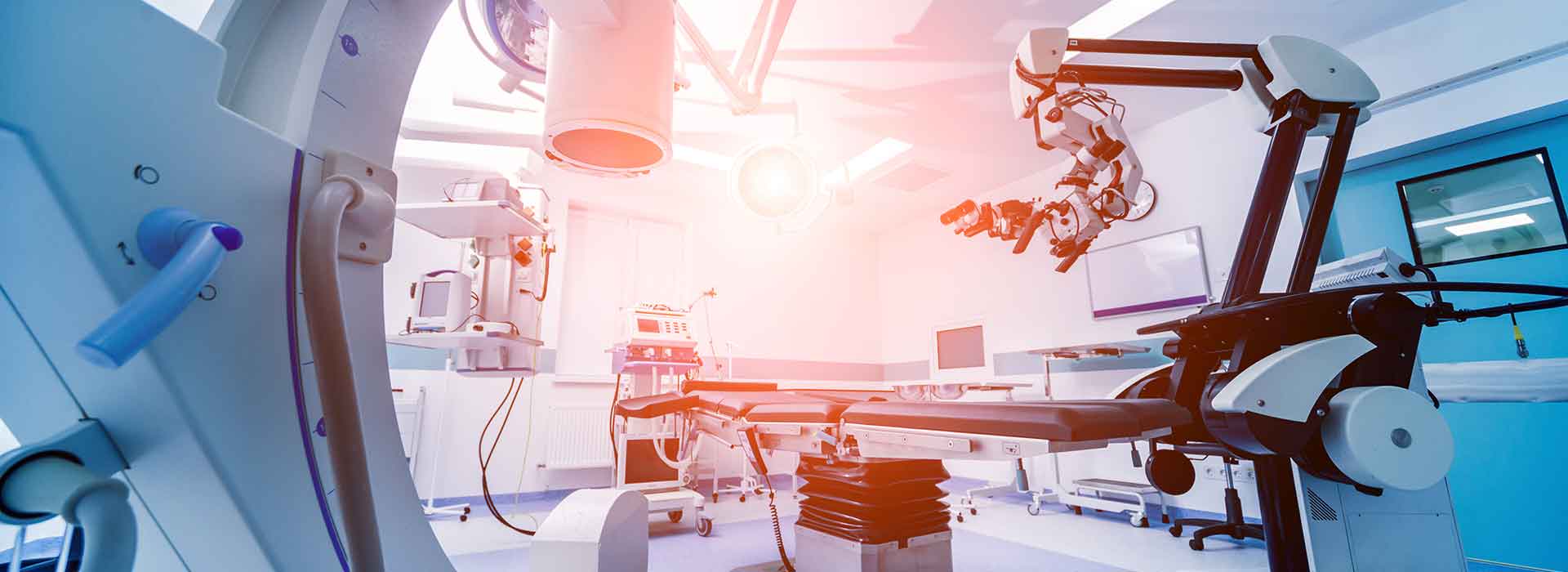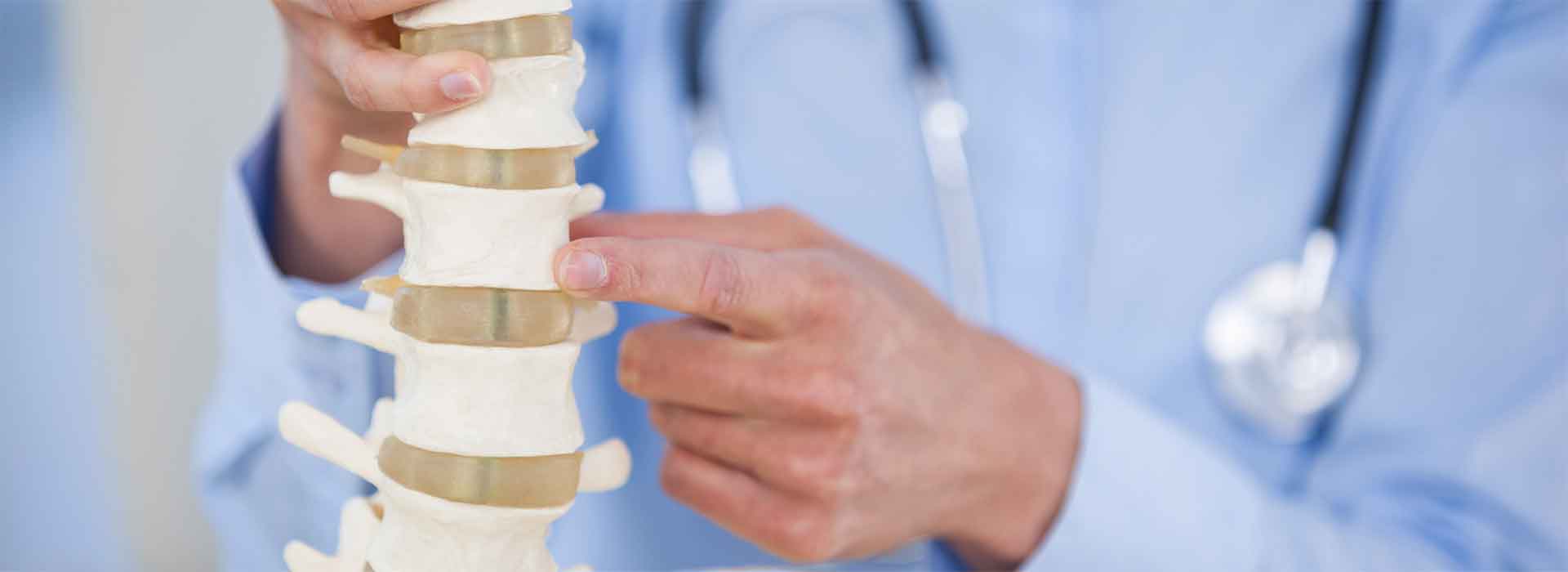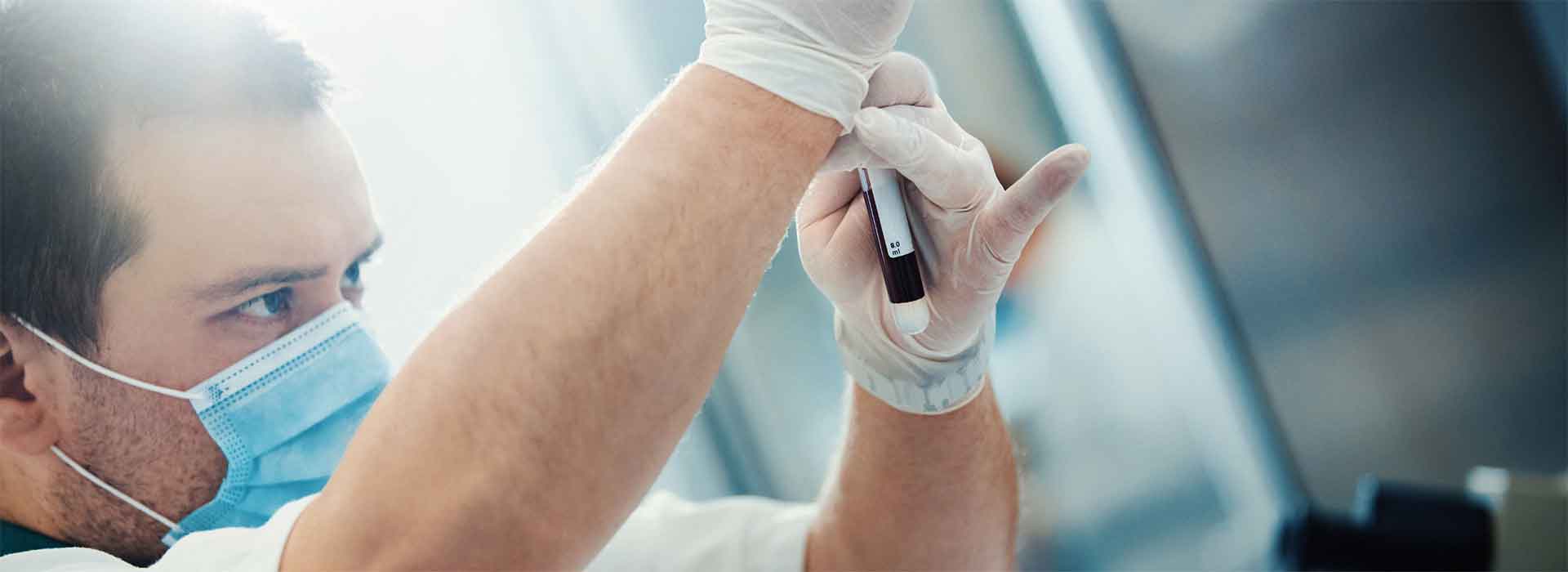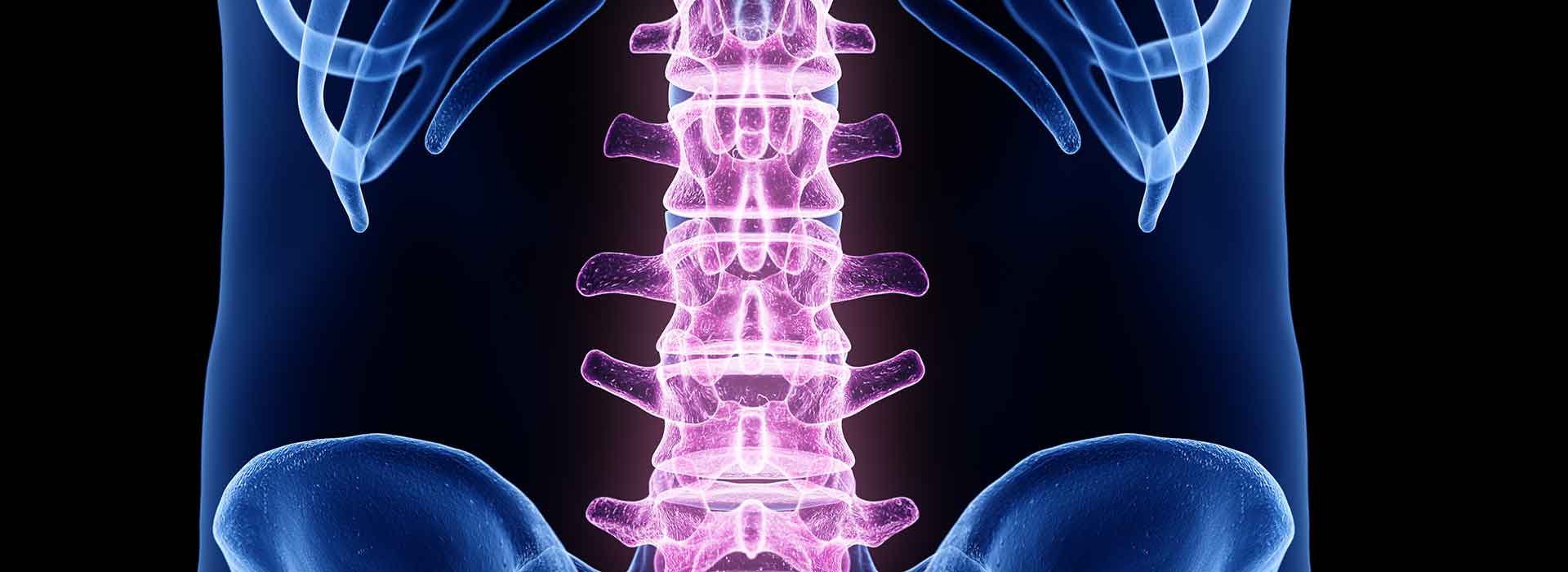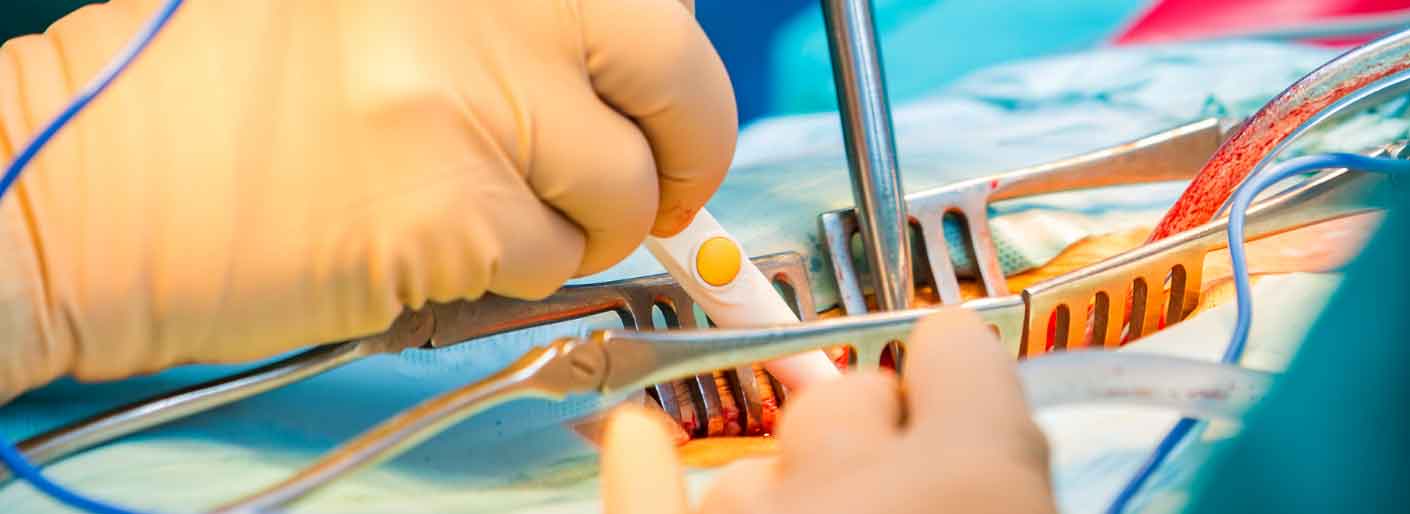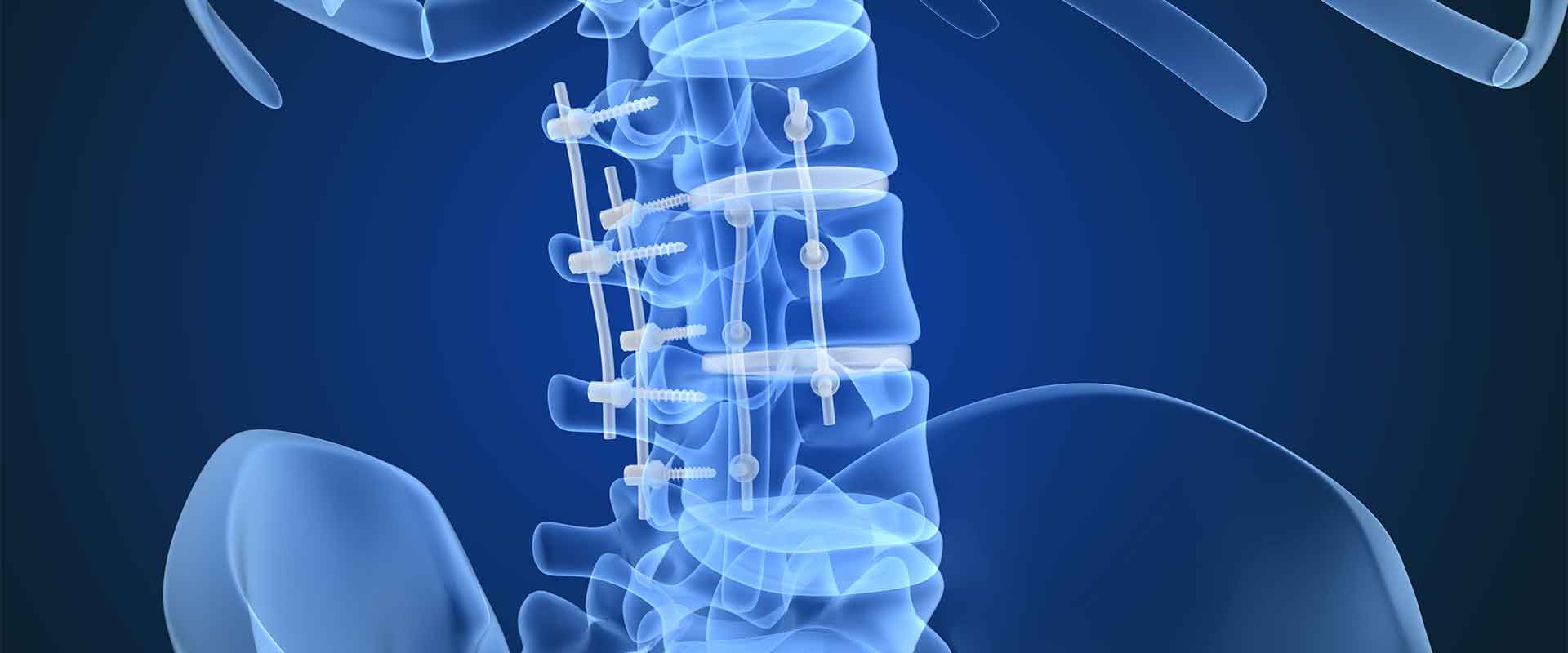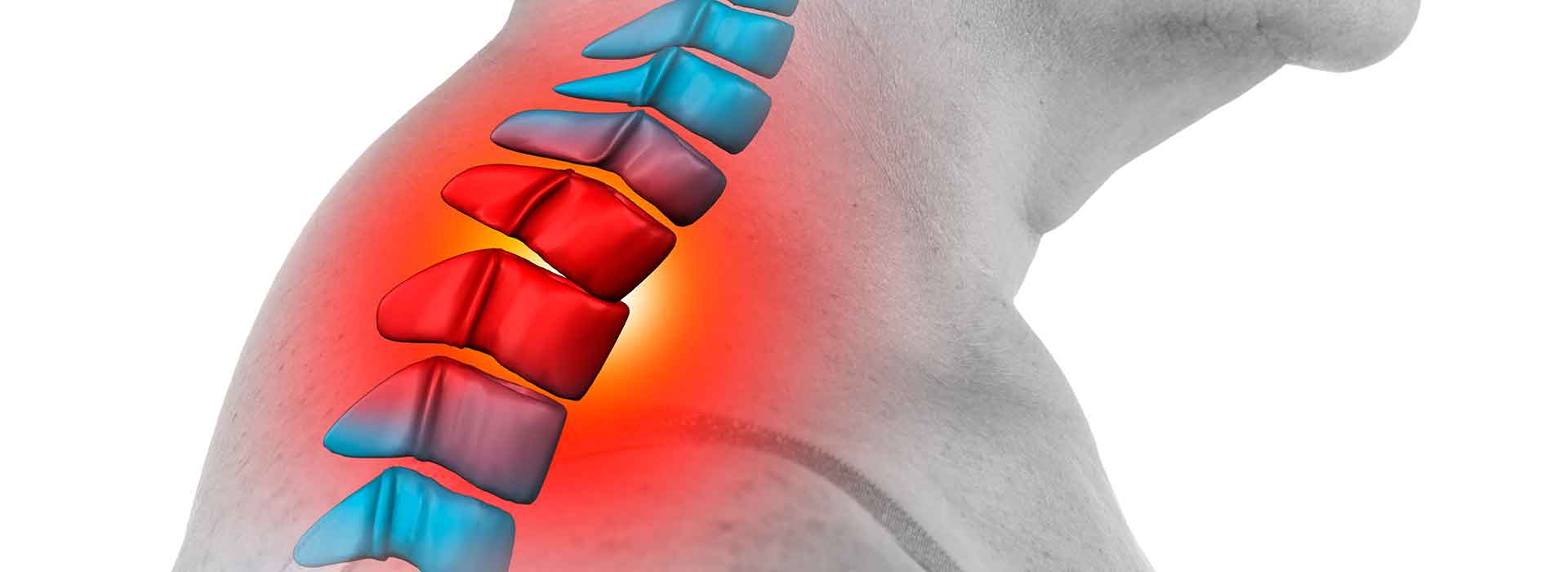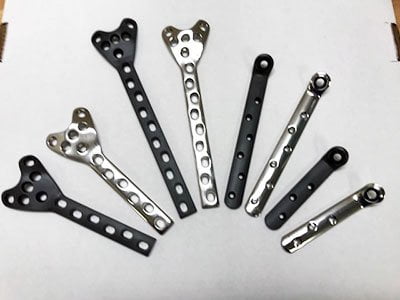Plastics have played an important role in medicine for decades, but with the introduction of high performance, implantable polymers, that role is expanding further. Medical device manufacturers are at the forefront of this revolution in medicine, creating sophisticated plastic devices and components that are used in a variety of procedures.
Like with any biomaterial, medical grade plastics are regulated for safety and quality, and implantable medical plastics are some of the most tightly regulated materials in the industry. These regulatory efforts extend to the manufacturer’s facilities and processes, as there is little room for error when creating implantable devices.
Classifying medical plastics
The FDA is the primary regulating body for medical products, and the FDA splits medical devices into three classes, depending on the potential for harm should the device fail. The vast majority of medical devices are considered Class I or Class II, and these devices go through a lighter regulatory process.
Approximately 10 percent of medical devices are considered Class III, and most Class III devices are those that support essential functions in the body. Anything that is implanted is placed in this category, including devices produced from high performance polymers like PEEK and PAEK. All Class III devices must pass through the FDA’s most stringent regulations, and the process can take years to complete. Once a Class III device completes the process, they may be given an “approved” label. This term is only reserved for medical devices that have undergone extensive biocompatibility testing.
How medical device manufacturers ensure quality
Converting high performance medical polymers is a challenging task. There is a noticeable difference between converters that have experience working with PEEK and PAEK, and those that don’t. For instance, if the product is reinforced, the converter must consider fiber orientation prior to and during machining, or the polymer’s strength and durability may be adversely affected. Experienced converters will also have an easier time holding tight manufacturing tolerances, and will be more efficient with their processes, reducing lead times.
Manufacturers that produce Class III devices are inspected before any of their products are introduced to the market. This inspection verifies that the manufacturer has developed and implemented a Quality Management System, or QMS. A QMS is required under FDA 21 CFR Part 820, and its focus is on the manufacturer’s processes, not the medical device. It concerns elements like material and design controls, production controls, facility and equipment controls, corrective and preventative actions, and record keeping. With a QMS, manufacturers are able to notice quality concerns early on, identify their origin and correct them.
The QMS and facility inspection, though, can be the easier part for manufacturers. Prior to market approval, every Class III device must be the subject of one or more clinical studies. These studies must confirm the device’s safety and efficacy, so manufacturers must be precise in how they design testing protocols.
USP Class VI testing
In most cases, USP Class VI testing will be part of the clinical study design. USP stands for U.S. Pharmacopeia, and is a compendium of medical and drug knowledge that regulating and medical bodies use as a definitive reference. It includes testing methods for implantable materials, and these protocols are considered the standard in biocompatibility testing.
USP Class VI includes three testing protocols. They include:
- Acute systemic toxicity – During this test, the material is injected into an animal subject, either intravenously or intraperitoneally. Alternatively, the material may be applied topically or inhaled. Following exposure, the subject is monitored for three days for any adverse reactions or cell death.
- Intracutaneous reactivity – During this test, the material is injected under the skin, in five different areas. The subject is checked at 24, 48 and 72 hours, and the subject is scored depending on their response to the material.
- Muscle implantation – During this test, the material is placed in the subject’s muscle. This test usually involves a pair of subjects, and after five or seven days, the implantation areas are assessed for any adverse reactions.
USP Class VI testing is a critical part of the regulatory process, and ensures medical grade plastics are safe to use in patients.
Consider a manufacturer that can do it all
Processing and converting high performance polymers may be a challenge, but there are several ways to do it. Consider a manufacturer that has experience in most, if not all of these methods. A versatile converter will always be able to offer the most efficient and most effective conversion approach, as they won’t be locked into selling a single process.
Experienced converters should have machining and injection capabilities, and should be able to extrude or process from stock shapes. In medicine, specialty processes like film calendaring may be necessary for intricately designed components, and few converters offer them. Make sure the medical device manufacturer you work with does.
Medical device manufacturers are held to stringent quality standards, but reputable converters have embraced these standards in an effort to make safer, more effective devices.

